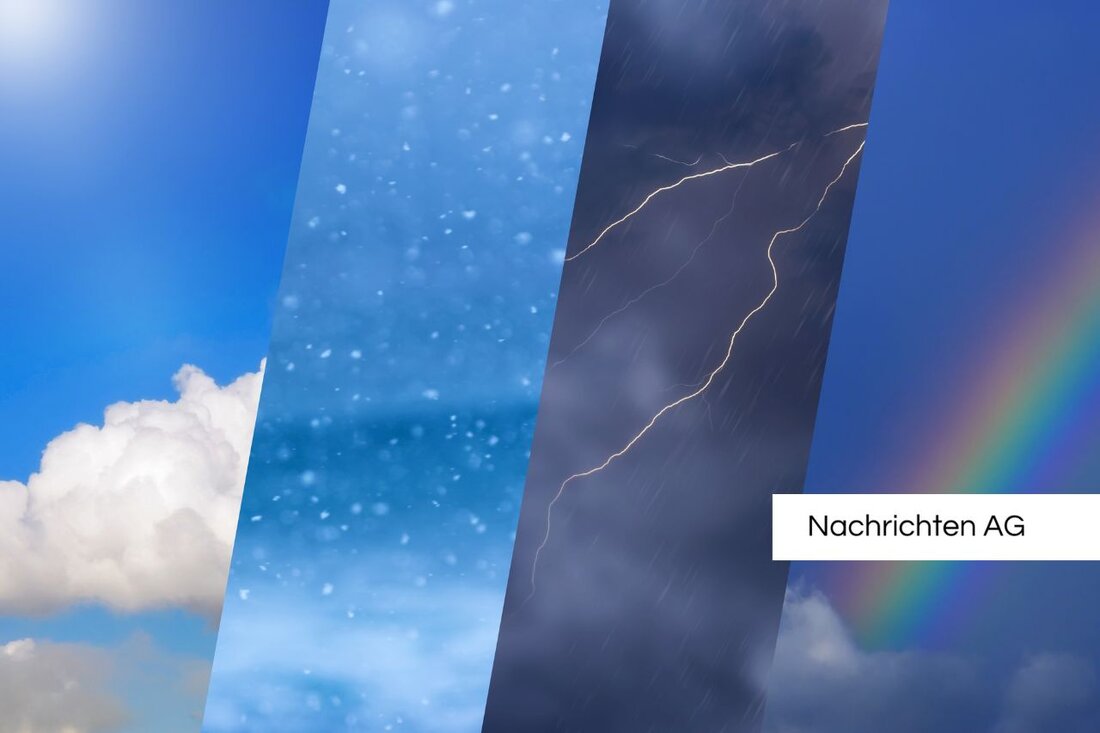Digital revolution in agriculture: IoT ensures sustainable income!
Digital revolution in agriculture: IoT ensures sustainable income!
Nicht vorhanden, Land - Agriculture stands on the threshold of a digital revolution! The use of IoT (Internet of Things) promises to fundamentally change the traditional cultivation methods and to increase efficiency. In view of the ever increasing population and the associated demand for sustainable cultivation methods, this transformation is more than just a trend - it is necessary. Farmonaut explains that the global market for smart agriculture should grow on amazing $ 22 billion dollar by innovative IoT technologies.
But what exactly does the use of IoT in agriculture bring with it? The answer is simple: a wealth of possibilities. The integration of sensors into different areas of the agricultural process allows you to make decisions based on data. For example, traditional agriculture is transformed into a data -driven industry that enables precision agriculture, resource optimization and improvement in yields. In addition, advanced technology increases efficiency and sustainability, which is of great importance for the environment.
top IoT applications in agriculture
The possible uses of IoT in agriculture are diverse. Here are the seven leading applications that have the potential to revolutionize agricultural work from scratch:
- precision irrigation and soil monitoring : With the help of sensors for soil determination, which monitor moisture and pH values in real time, water consumption can be reduced by up to 50 % and earnings can be increased by up to 20 %.
- monitoring of plants health and nutrients : drones and sensors help to evaluate the health of the plants and to recognize problems at an early stage, which reduces the use of pesticides.
- weather monitoring and climate adjustment : real-time data about weather conditions support farmers in optimal crop management planning.
- animal health monitoring and management : portable devices pursue the well -being and behavior of animals, which can take timely measures and reduce labor costs.
- Management of smart farm machines and logistics : remote monitoring of machines optimizes use of resources and lowers the operating costs.
- traceability and food safety : IoT combined with blockchain technology ensures the quality of the food and enables transparency in the supply chain.
- AI-based advice and farm management platforms : Centralized dashboards offer feasible knowledge and automate decision-making processes.
Despite all these advantages, farmers face challenges. The NCBI emphasizes that high initial investments, technical training, data protection concerns and the lack of internet connection in rural areas can make the integration of IoT technologies difficult. These hurdles have to be overcome so that agriculture can benefit from the possibilities of precision agriculture and the many IoT applications.
The future of agriculture
With the increasing focus on sustainable practices, the role of IoT becomes even more important. The digital revolution in agriculture is hand in hand with the aim of providing environmental protection and resource conservation. Research Snipers explains that IoT not only increases the efficiency, but also helps to capture important environmentally relevant data that for combating climate change are decisive.
In summary, it can be said that agriculture will no longer be as before. With the help of IoT, a new paradigm is created that relies on data, precision and sustainability. This enables farmers to work smarter and at the same time master the challenges of the modern world. The path is paved for an innovative future in which technology and humans work hand in hand.| Details | |
|---|---|
| Ort | Nicht vorhanden, Land |
| Quellen | |


Kommentare (0)